Understanding the ratios of magnetic HV instrument current transformers
The primary winding is a part of the network, carrying the actual load current. The transformer’s secondary circuits usually consist of several units, each of them having its own magnetic core and winding. The transformer has a rated current transforming… Read more
May 22, 2015 | By Edvard Csanyi
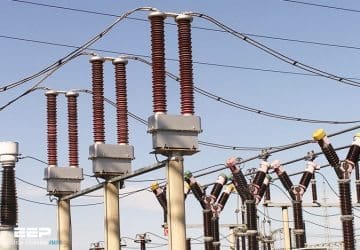
The basics of built-in motor protection for engineers beginners
In order to avoid unexpected breakdowns, costly repairs and subsequent losses due to motor downtime, it is important that the motor is fitted with some sort of protective device. This article will deal with built-in motor protection with thermal overload… Read more
May 15, 2015 | By Edvard Csanyi

3 Overcurrent Protective Device Ratings You MUST Properly Select
In order for an overcurrent protective device to operate properly, the overcurrent protective device ratings must be properly selected. These ratings include: Voltage rating Ampere rating and Interrupting rating – Minimum Interrupting Rating. If the interrupting rating is not properly selected,… Read more
May 08, 2015 | By Edvard Csanyi
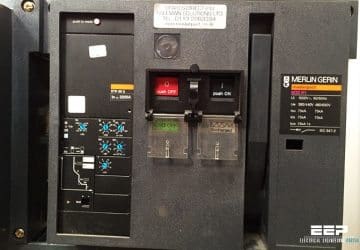
Nine Recommended Practices for Grounding
Grounding and bonding are the basis upon which safety and power quality are built. The grounding system provides a low-impedance path for fault current and limits the voltage rise on the normally non-current-carrying metallic components of the electrical distribution system…. Read more
Mar 06, 2015 | By Edvard Csanyi

Ring Main Unit (RMU) as an important part of secondary distribution substations
Before getting into “What is RMU” question, let’s say a word about the distribution system where RMU is often used. Distribution systems encompass power lines that transport energy from the transmission network or other sources to consumers, along with the… Read more
Feb 11, 2015 | By Edvard Csanyi

A real life analogy of the jurisdiction of the protection relay
Formally, a relay is a logical element which processes the inputs (mostly voltages and currents) from the system/apparatus and issues a trip decision if a fault within the protection relay‘s jurisdiction is detected. A conceptual diagram of relay is shown… Read more
Feb 09, 2015 | By Edvard Csanyi

Voltage Imbalance Protection of Synchronous Generator (ANSI Code 60)
In an apparatus protection perspective, generators constitute a special class of power network equipment because faults are very rare, but can be highly destructive and therefore very costly when they occur. If for most utilities, generation integrity must be preserved… Read more
Feb 04, 2015 | By Edvard Csanyi

Miniature Circuit Breakers (MCBs) For Beginners
This technical article focuses on the widely used miniature circuit breakers rated for 240 V or less. These are smaller and lower-rated versions of industrial-grade molded-case circuit breakers rated for 600 V or less. These miniature breakers, called air circuit… Read more
Jan 26, 2015 | By Edvard Csanyi
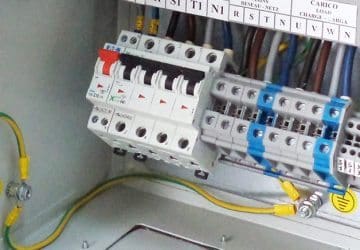
An example of transformer overload and short circuit protection
Transformer protection consists of both overload protection and short circuit protection. Overload protection is usually accomplished via proper selection of the secondary overcurrent protective device. NEC Article 450 gives specific primary and secondary overcurrent device ratings that may not be… Read more
Jan 21, 2015 | By Edvard Csanyi
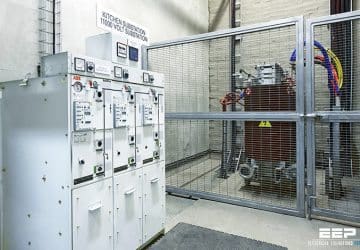
Lightning and surge protection of multi-megawatt wind turbines
There is an unabated trend for the utilisation of regenerative energy gained from wind turbines, solar, photovoltaic and biogas plants or geothermal heat. This is an enormous market potential not only for the energy industry but also for the suppliers and the electrical… Read more
Dec 19, 2014 | By Edvard Csanyi
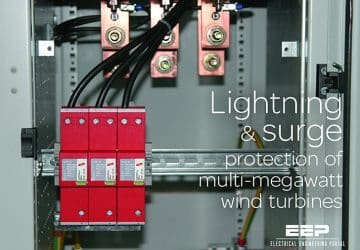
Danger And Control Of Static Electricity Buildup
It is necessary to study the static buildup potential of any workplace and institute protective measures to control such buildup. The following are the dangers posed by static electricity: Ignition causing fire or explosion Damage to sensitive electronic components Electric… Read more
Dec 12, 2014 | By Edvard Csanyi
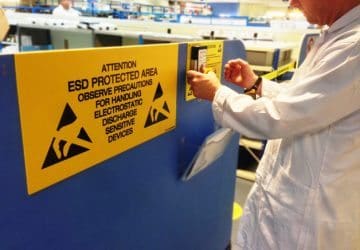
When customer complains on equipment failure caused by overvoltage…
While voltage sags and momentary interruptions cause the most widespread power quality problems, several other power quality disturbances can damage equipment, overheat equipment, disrupt processes, cause data loss, and annoy and upset customers. Often, customers complain of equipment failures, especially… Read more
Nov 17, 2014 | By Edvard Csanyi

4 essential qualities of electrical protection
In generating stations, all electrical circuits and machines are subject to faults. A fault is generally caused by the breakdown of insulation between a conductor and ground or between conductors due to a variety of reasons. The result is a… Read more
Nov 03, 2014 | By Edvard Csanyi
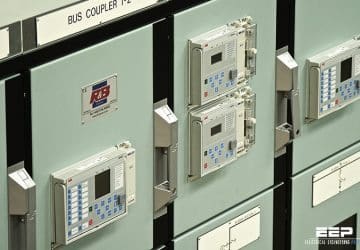
Applications and characteristics of differential relays (ANSI 87)
Differential relays generally fall within one of two broad categories: Current-differential and High-impedance differential Current-differential relays are typically used to protect large transformers, generators, and motors. For these devices detection of low level winding-to-ground faults is essential to avoid equipment damage. Current… Read more
Oct 29, 2014 | By Edvard Csanyi
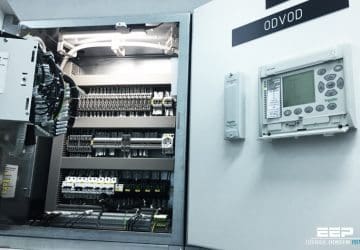
Let’s analyse phase-to-earth faults in a single-incomer power system
Power-system protection should detect faults and isolate the faulty parts of the power system while keeping the fault-free parts in operation. Protection units are chosen according to the power-system configuration (parallel operation of generators or transformers, loop or radial power system,… Read more
Oct 17, 2014 | By Edvard Csanyi


